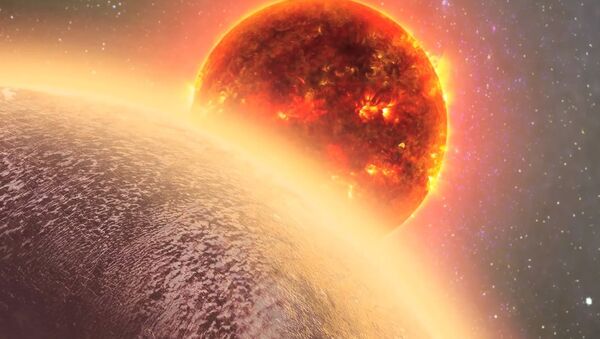Researchers from several countries are involved in the recently-accepted study that is to be published in the journal Astronomy and Astrophysics.
The team was led by PhD Alejandro Suárez Mascareño of the Instituto de Astrofísica de Canarias (IAC); his thesis advisor Dr. Rafael Rebolo, a member of the IAC, the Spanish National Research Council and a professor at the University of Laguna, and Jonay Isaí González Hernández. The research was part of a joint effort between IAC and the Geneva Observatory in Switzerland.
The host star is the moderately quiet M1 V star GJ 536, located some 10 parsecs from the Sun, "with a rotation period on the upper end of the stars of its kind," the study reports. The new planet is five times the mass of the Earth, qualifying it as a ‘super-Earth,' in astronomical parlance.
According to the researchers, "The planet is too close to the star to be considered habitable."
However, its location, short orbital period of 8.7 days, and the luminosity of its star makes it an interesting object for investigating the exoplanet's atmospheric composition.
Researchers said they would continue the study to see if there are other planets in the system. "For now we have detected only one planet, but we plan to continue monitoring the star to search for other companions at larger orbital separations," said Dr. Mascareño. "We estimate there is still room for other low-mass or even Neptune-mass planets at orbits from a hundred of days to a few years."





